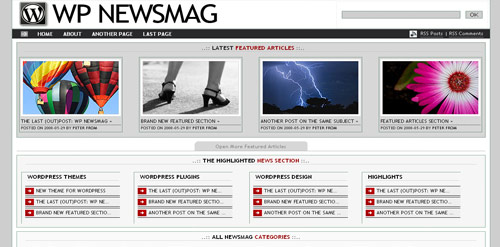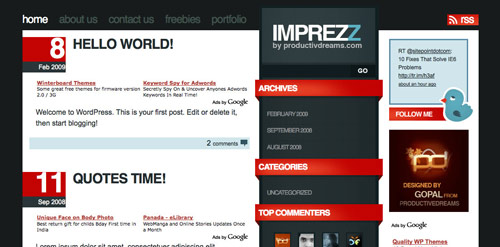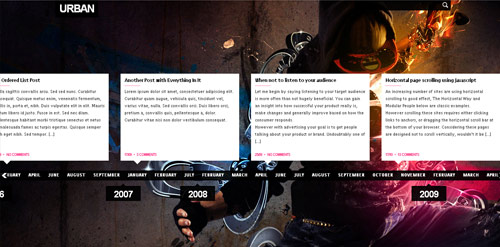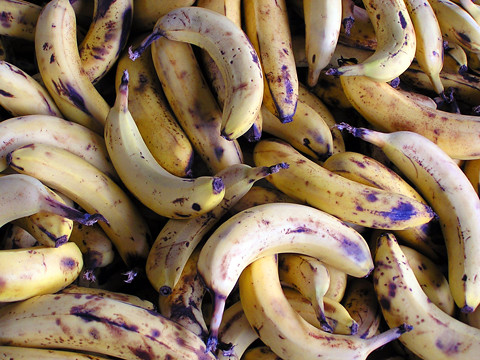There has been debate on the Australian food bloggers group about opting in or out of the public relations onslaught, mostly because when it comes to food blogging, some PR people act like dicks.
It is no great secret that Australian business is a long way behind the US when it comes to online PR. It is something that an Australian PR agency might tack on to their services but few (if any) specialise in online in Australia or do it consistently well because there is not a great deal of cash in it for them yet. As it is dawning on the industry that print media as we know it is doomed, jumping on the social media bandwagon is the action de jour.
My four tips:
1. At the very least, read some of the food blog before you fire off a press release.
It’s not that hard to work out the topics in food that are of genuine interest to a particular food blogger. Read their blog. You’ll soon discover that food blogging is a broad church and it is not likely that your clients’ product will align with the interests of all food bloggers. If you’re doing your job, you should be able to find a good fit somewhere.
Unlike print media, unpaid food bloggers are under no compunction to put out regular editions or posts. There is no pressure to fill column inches and so this negates the need for bloggers to trawl through press releases at the end of the day just to churn out a few hundred words. For most food bloggers, press releases have zero value.
2. Even better, don’t send a press release at all.
Cut the “positioning” bullshit. You’ll get much better results if you engage in intelligent conversation because for most food bloggers, intelligent conversation is their modus operandi. If there is nothing intelligent that can be said about your client’s product (or your client’s product does not relate to food for humans) then just maybe you should question your future career in public relations.
Approach this as if you’re forming a relationship that will last forever. Most food bloggers don’t think in terms of discrete campaigns or product launches: the biggest mistake that PR folk make when approaching any social media is that they expect that it will last for the life of the campaign and not any longer. If you burn bloggers early, it is likely that you’ll have to work extremely hard to get them back on side for any future campaigns or other unrelated clients.
3. Link to me and send me traffic.
If you want me to sit up and pay attention to your (or your clients’) website, link to mine and send good traffic; the traffic that reads more than a single page and adds comments. I segment my traffic and notice that behaviour. Write your own food blog or get somebody to write one who cares rather than spamming out press releases. I still wonder why clients would ever trust an agency to do “blogger PR” when the agency (or its staff) do not run a blog.
4. If all else fails, food bloggers are very easily bought.
Most food bloggers love free shit; especially meals and the feeling like they’re receiving something exclusive. You’ve only got to look at this food blogger meetup organised by Club Med just to see that even if your food is not necessarily the greatest in the world, you can still buy fawning coverage by some of the world’s biggest bloggers. POM juices got coverage aplenty simply by mailing out juice and holding a competition. The trick is permission and not expecting anything directly in return. Ask people’s permission to send them free things. Ask for their advice rather than “write about this in your next blog post!”.











